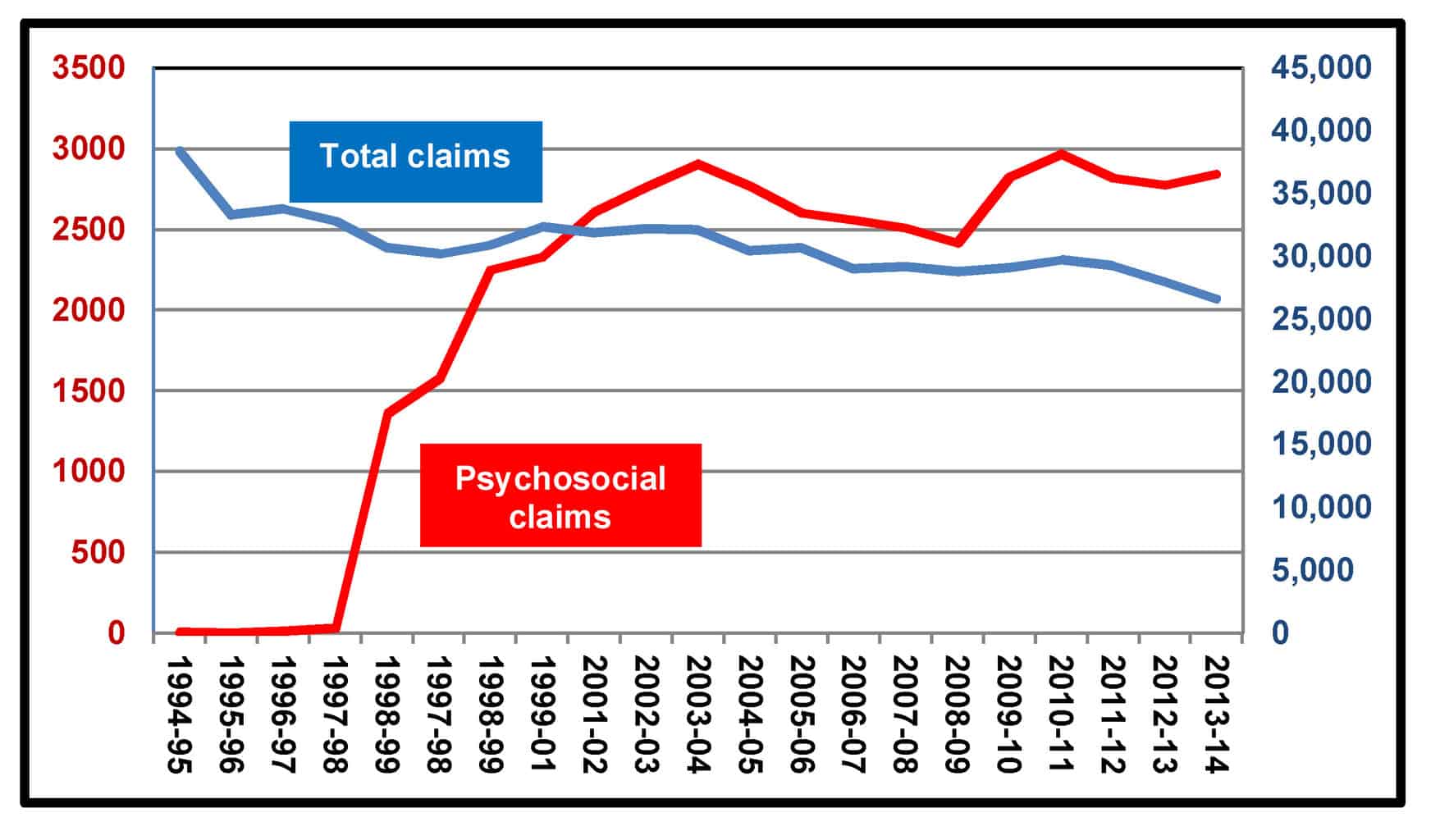Professional organisations need to maintain personal contact between members and stakeholders even when social media allows for almost constant contact. Such events benefit from having thoughts challenged and recently one such event in Melbourne, Australia challenged its audience about psychological health and wellbeing.
A recent NSCA Foundation event heard from Andrew Douglas, one of the few workplace relations lawyers who can bridge the law and the real world. He began by describing wellness or wellbeing in a fresh context.
“Wellbeing is that equilibrium that is achieved between challenge and resources.”
This perspective addresses business operations and personnel management as challenges – situations that arise that need controlling or managing. This is a useful perspective as long as people feel up to the challenge and are not defeatist.



